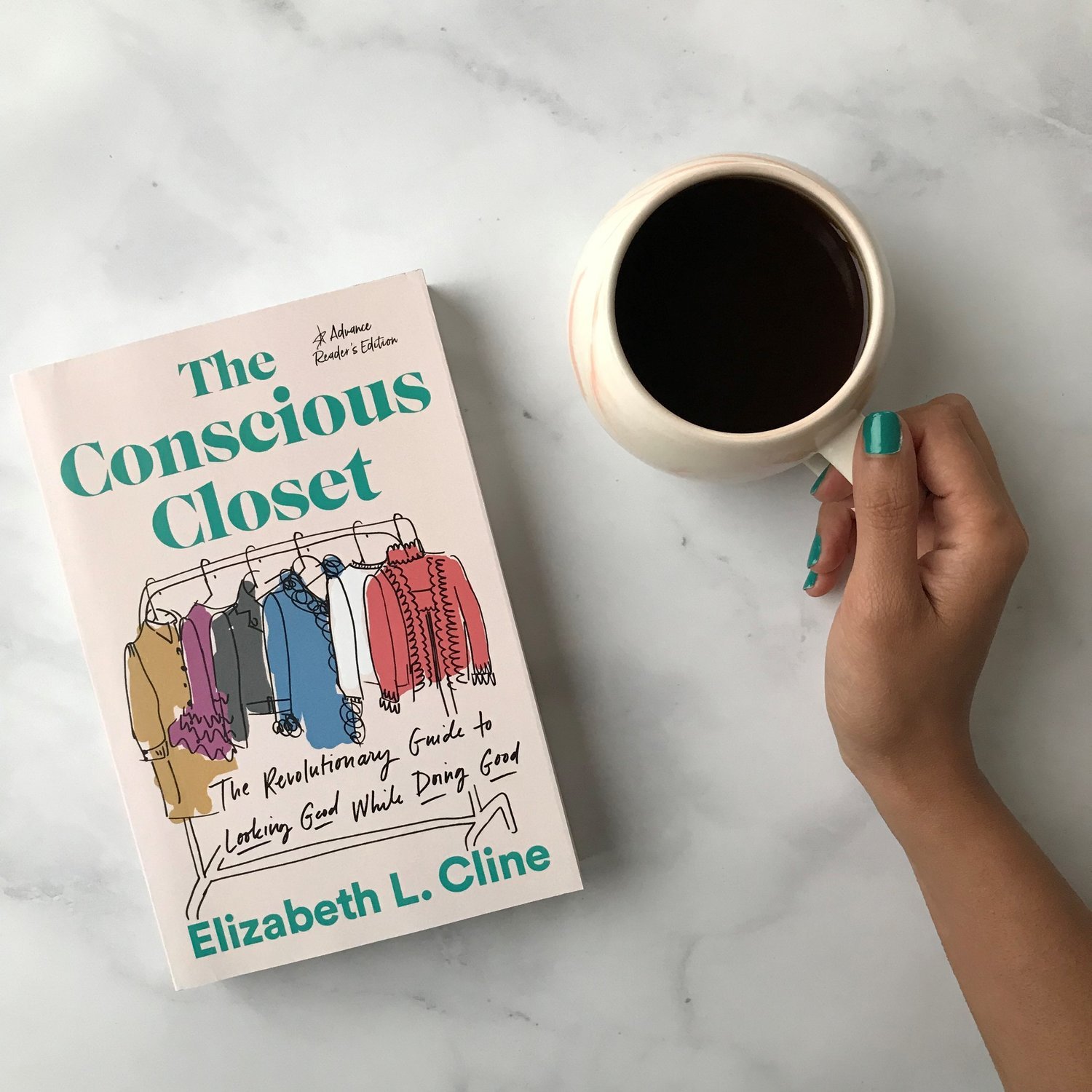BOOK REVIEW: The Conscious Closet
I'll be the first to admit, I have a closet full of clothes that I never wear. They are mostly trophies from when I worked in the fashion industry and now I just don't have everyday “occasions” to wear them in the mountains of NC like I did when living in NYC. So, I loved that Elizabeth Cline’s Conscious Closet started with a closet clean-out, with clear directives of what you should keep - like what you feel good in and what fits wells and what you should get rid - things that haven’t fit in years and what is worn out beyond repair. If you want a second opinion from Marie Condo, go for it.
This book is full of good advice, but these three sections are the holy grail of building a conscious closet:
Part 1, Chapter 11: Secrets to a Well Built Wardrobe
I love the idea of a uniform, which I basically wear, but it really looks like I'm wearing the same thing everyday (which is sometimes true). The capsule wardrobe Elizabeth describes is more versatile and variable than the rut I've gotten into. By expanding my range, accessorizing more and having styling days, I think I could still have a small closet but keep it fresh.
Part 5, all of it: Make it Last
Take Care of What You Have has been my motto at home lately. My car runs better if I wash it regularly, right? The practice of maintenance and repair are so key to extending the life of our clothes – which means we're buying less, using less resources and helping to save the planet. I have two kids and so our laundry can be oppressive, but now I am really going to try to use the dryer less. The book has some great mending tutorials (we also like Mending Matters byKatrina Rodabaugh) and also recommendations on how to consciously cast away unwanted garments in Part 1 - I especially appreciated the how-to organize a clothing swap.
Mending illustrations from The Conscious Closet
Part 6, Chapter 26: Where Are You Wearing
My favorite chapter! Because, yes, we all could buy less, but when we do buy we need to know where we can use our dollars for good (and style). Home sewers get the MVP for taking matters into their own hands and circumventing the potential for supporting exploitive labor (even though we still need to be aware of how our fabrics and trims are being made). Reconnecting to where, how and WHO is making the clothes you wear is key to ethical and responsible production. If brands aren't telling you, then they don't want you to know. Ask questions, demand answers. You deserve to know what business practices you are supporting when you give your hard-earned money to a company.
With just a little effort we can build a wardrobe we adore, repair and responsibly discard of what is worn and move forward with an awareness of the values behind the garments we so intimately bring into our lives. Once the curtain is drawn, there’s no turning back, so I encourage you to read this book!
Author Elizabeth Cline has always advocated for conscious consumption, but also works relentlessly to affect public social change. Cline is the Advocacy and Policy Director for @remakeourworld. Follow them if this book has impacted you, to learn more about how you can show up to effect change.




